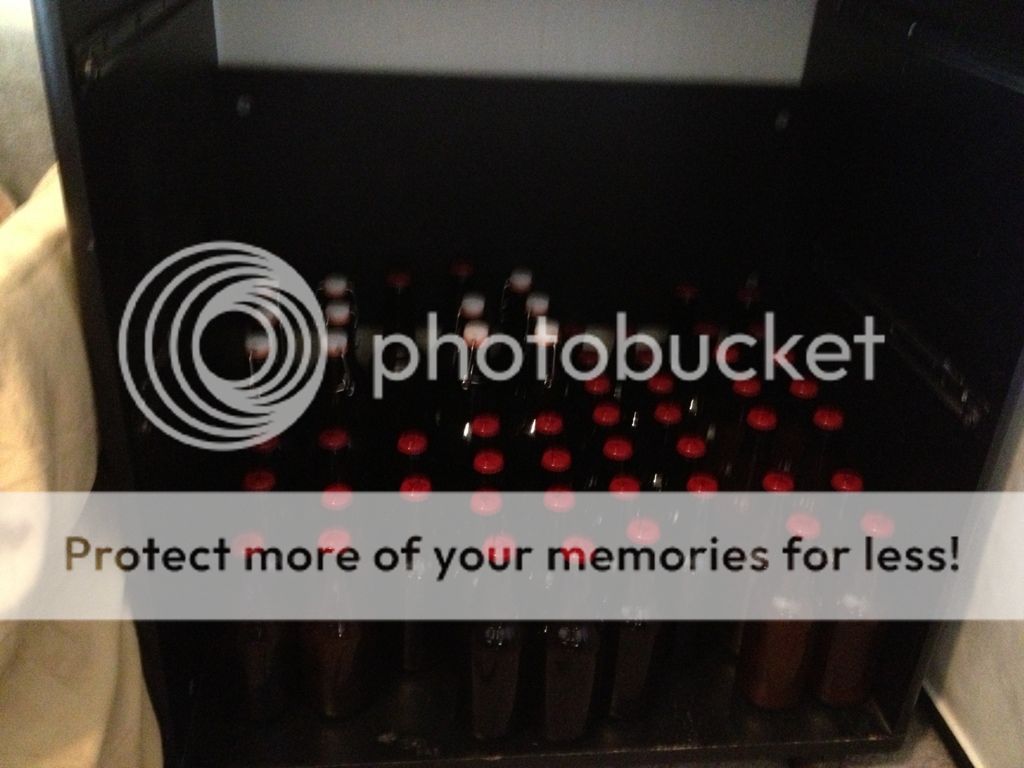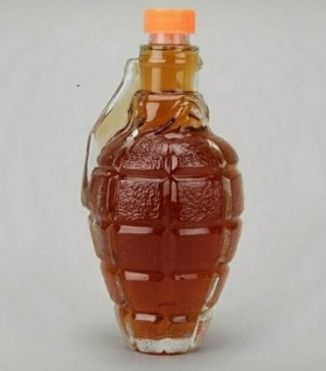Bottle bombs while pasteurizing or afterwards?
Here's my process, first time, I hope yours weren't after...
I went from 1.071 to 1.027 over 4 days using a variant of the sweet country cider recipe here, I modified it with 2 gallons of apple juice (it was 1.044 out of the jug) and half a dozen fresh juiced granny smith apples and about 20oz of brown sugar, some pectic enzyme, some yeast nutrient, yeast energizer and rehydrated nottingham.
https://www.homebrewtalk.com/f81/5-day-sweet-country-cider-265986/
1.040 seemed too sweet so I let it go longer (I think all that tasting screwed up my stomach, ugh.), still seemed a tad too sweet at 1.027 but it was getting too boozy to let it go longer. I cold crashed it overnight on my screened in back porch at about 35 degrees. I bottled last night around 7:00pm from the cold crash, then immediately stored in the basement to carb at 60 degrees. I made 1 bottle a 20oz plastic pop bottle I squeezed a bit as I capped it to keep it slack. I checked it this morning and the 20oz felt about half carbed, I checked it after dinner and it felt like a new pop bottle and was stiff, so I pasteurized them all exactly according to the directions in this thread, 190 degrees for 10 minutes, the temp only went down to 170 in my pot, the bottles according to my laser thermometer stayed at 150+ for quite some time after.
Pics attached, all of the bottles have pretty much the same normal headspace but the hot bottles on the cutting board have all different levels depending on when I pulled them out, I used a filling wand.








